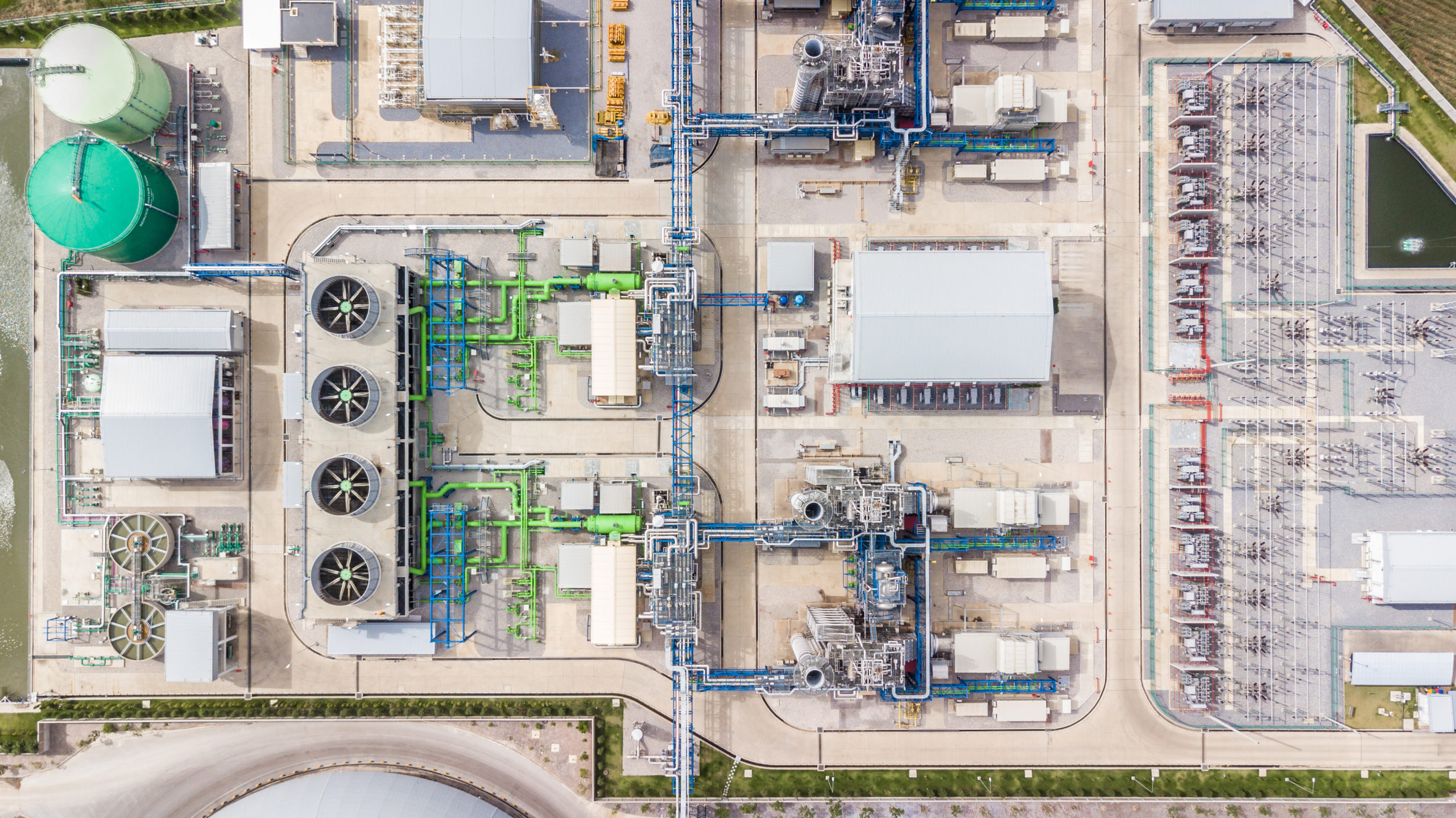Governments in most of the largest European gas markets are committed to COP21 decarbonisation targets. Some future targets are likely to be missed. But it now appears very unlikely that governments will either abandon their commitment to large scale decarbonisation by 2050, or substantially delay its implementation.
There looks to be a formidable social and political momentum building behind the decarbonisation of Europe. As decarbonisation of power markets gathers pace, the focus is shifting to gas.
There appear to be broadly three ways that natural gas (methane) demand can be decarbonised:
- Electrification
- Replacement with biogas
- Replacement with hydrogen
Decarbonisation using electrification and biogas alone looks to be a very challenging prospect. This supports the case for the evolution of significant role for hydrogen. Today we take a closer look at how hydrogen could impact the European gas supply chain.
A supply chain schematic
Methane is structurally embedded in the European energy mix. It is sourced from two main supply chains, pipeline supply and LNG, as shown in the blue boxes in Diagram 1.
